Seafarer Exploration Corp Announces Renewal of Melbourne Beach Shipwreck Site Permits Through 2027
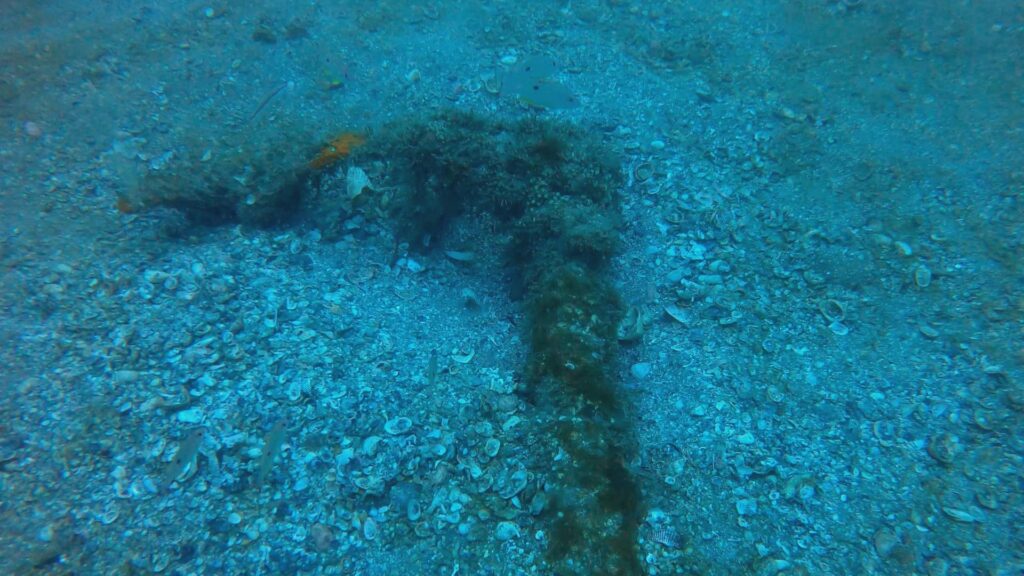
Renewal permits awarded for advancing underwater archaeology efforts
SeaSearcher in Action!
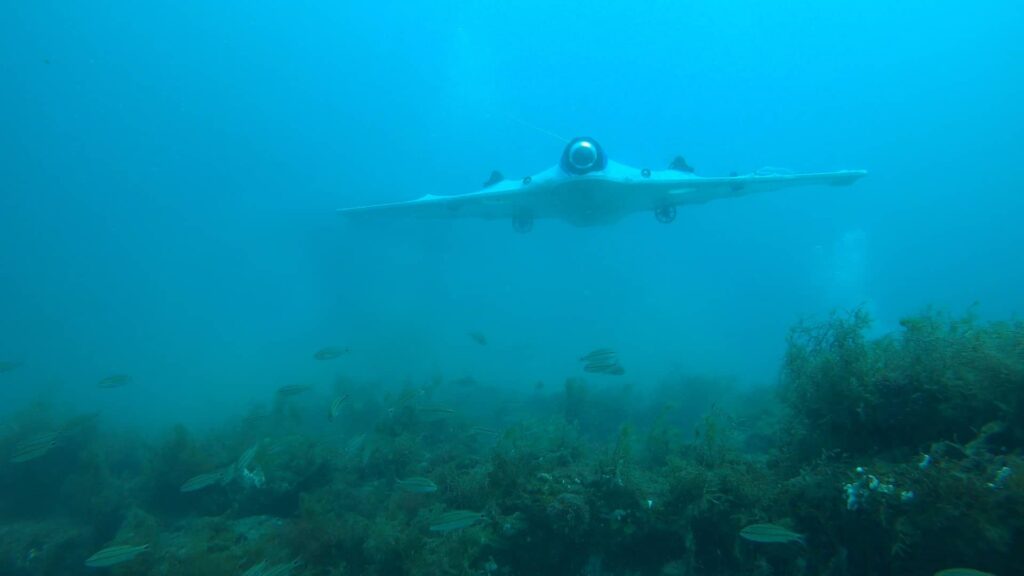
The SeaSearcher demonstrating some of it’s auto-pilot, and artifact mapping capabilities in the field.
Seafarer Announces Second-Generation SeaSearcher

Seafarer Exploration Corp. (OTCQB: SFRX) announced today the construction of the second-generation SeaSearcher platform focused on deeper water and multi-mode exploration.
CEO Discusses the SeaSeacher and Discovery of Significant Ballast Pile in Juno Beach
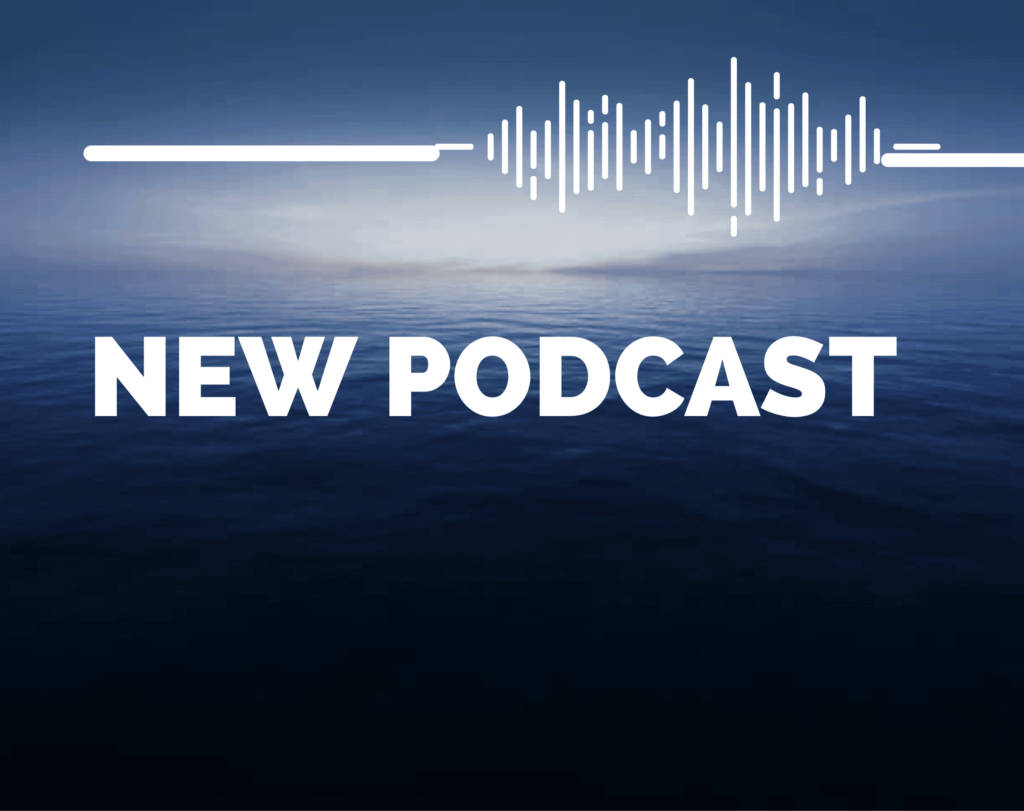
CEO Kyle Kennedy discusses the Good Fortune, SeaSearcher, multiple wreck sites, Florida Bureau of Archaeological Research, and discovery of a significant ballast stone pile in Juno Beach.
Board Member and CEO Discuss Company, 3rd SeaSearcher, Status of Site Plan Approval, and Juno Beach Exclusive Recovery Rights

Board Member, Brad Clark, and CEO, Kyle Kennedy, discuss company motivation and excitement, a 3rd SeaSearcher, the status of Area 2 site plan approval, and gaining exclusive rights to conduct recovery operations at the Juno Beach wreck site.
Shimmering Bright Golden Wedge-Shaped Object
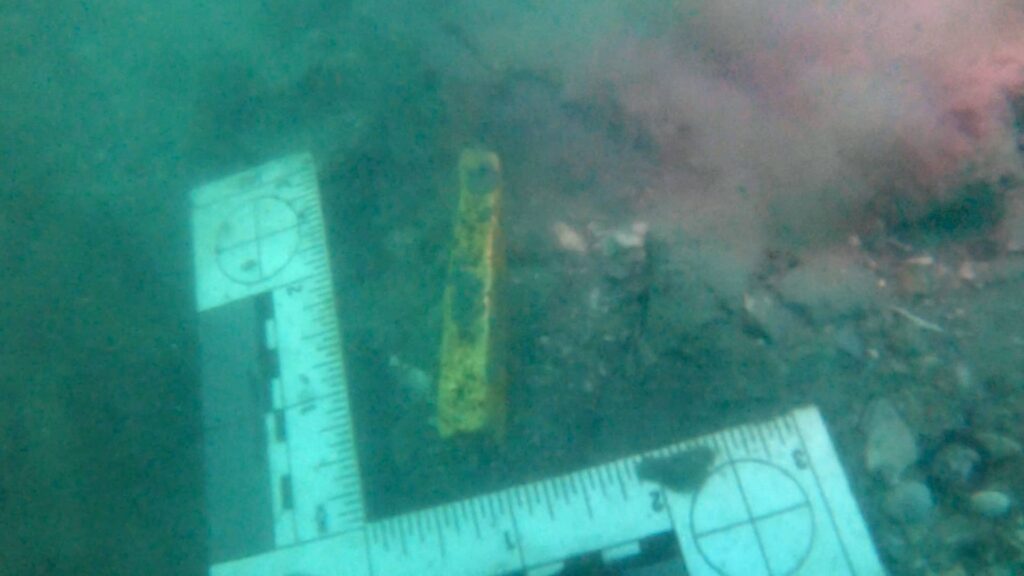
The discovery of a small, shimmering, bright golden metal wedge-shaped object made for an interesting week!
Ring Site in Area 2
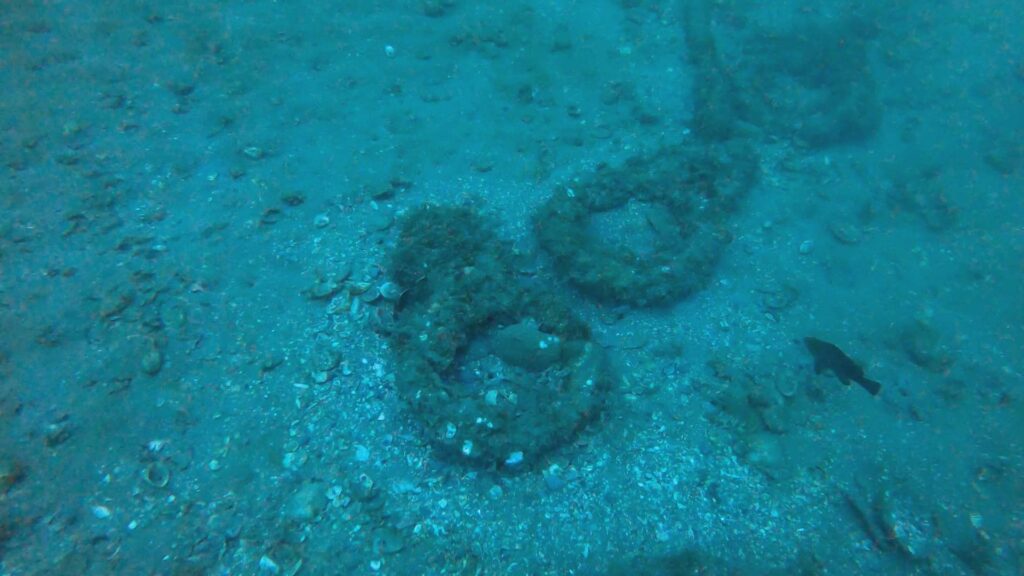
Scanning (i.e., remote sensing), SeaSearching, diving, and identifying the trail of artifacts leading away from the Ring Site in Area 2.
CEO and CT Discuss The Discovery at The Melbourne Beach Site, Site Plan of Juno Beach, and Blockchain

Kyle Kennedy and Tim Reynolds discuss the discovery made at Melbourne Beach, the next steps at Juno Beach, and Blockchain during COVID.
The Discovery of Historic Period Shipwreck Material
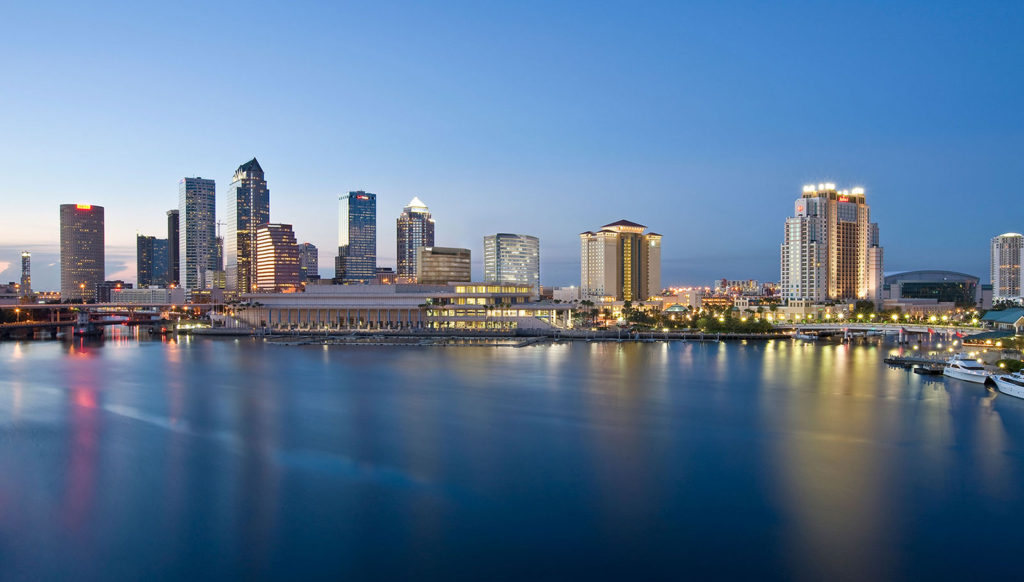
Seafarer discovered a large concentration of colonial era shipwreck material in Area 2 off Melbourne Beach, Florida.
Fully Executed Permits Received

Seafarer is pleased to announce that it has received fully executed permits from the Florida Department of Environmental Protection (“FDEP”) and the U.S. Army Corps of Engineers (“USACOE”).

